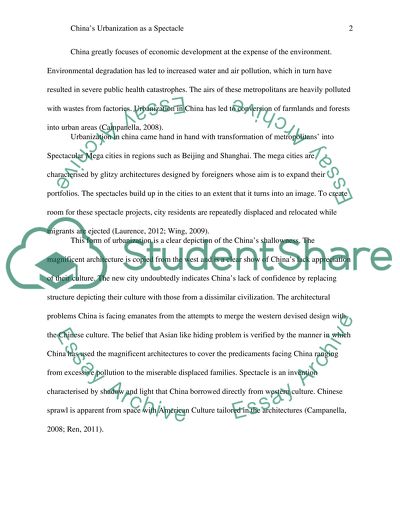Cite this document
(“Chinas Urbanization as a Spectacle Case Study Example | Topics and Well Written Essays - 1250 words”, n.d.)
Chinas Urbanization as a Spectacle Case Study Example | Topics and Well Written Essays - 1250 words. Retrieved from https://studentshare.org/social-science/1597548-urbanization-critical-essay
Chinas Urbanization as a Spectacle Case Study Example | Topics and Well Written Essays - 1250 words. Retrieved from https://studentshare.org/social-science/1597548-urbanization-critical-essay
(Chinas Urbanization As a Spectacle Case Study Example | Topics and Well Written Essays - 1250 Words)
Chinas Urbanization As a Spectacle Case Study Example | Topics and Well Written Essays - 1250 Words. https://studentshare.org/social-science/1597548-urbanization-critical-essay.
Chinas Urbanization As a Spectacle Case Study Example | Topics and Well Written Essays - 1250 Words. https://studentshare.org/social-science/1597548-urbanization-critical-essay.
“Chinas Urbanization As a Spectacle Case Study Example | Topics and Well Written Essays - 1250 Words”, n.d. https://studentshare.org/social-science/1597548-urbanization-critical-essay.


